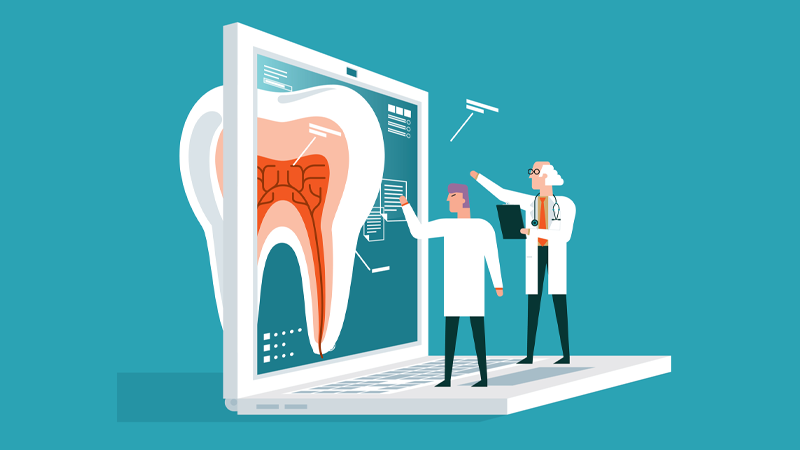
If I were starting out in practice today, there are certain items I have come to realize that are must haves that allow me to perform at the highest level to insure optimal treatment outcomes. In most cases, I have chosen these items based on the criteria of being faster, easier, and better for me, the doctor, as well as for the patient, who is, after all, the ultimate end-user.
Let’s begin with having a comfortable pair of magnifying loupes with an attached light source. Loupes should be fitted not only to your prescription but also to the amount of magnification you are comfortable with, along with the distance and angulation to the patient. They should be lightweight, including the mounted light source, since you will be wearing them for extended periods of time. The light source should have the capability of changing its intensification, include rechargeable batteries with a minimum of 4 hours operating time, and include an orange filter that can flip into place when doing photocured adhesive resin procedures so as not to prematurely cure the material. The products I like are Surgitel Loupes, Ultralight Optics Omega and Featherlight systems.
Next, I would recommend an electric handpiece system. While the initial investment is greater than air driven handpieces, there is no doubt they are faster, easier, and better for both the doctor and the patient. The system should be programable for both operative, crown and bridge procedures, and rotary endodontic therapy. In some cases, it will also include surgical implant placement. My personal choice is Bien-Air.
I have a mantra that I apply to restorative dentistry: “You can only restore what you can see!” For example, picture a Class V lesion that extends subgingival. In order to access the decay and prepare for a filling, you must extend to clean margins which, in this case, are not visible. You have three choices: lay a flap, perform a gingivectomy, or ablate the tissue using a soft tissue diode laser. The latter is my preferred choice because there is instant visibility and no bleeding. In a similar fashion, with a deep Class II, you need to access and see the gingival margin to adequately place the matrix. Here, too, is one of the many uses of the laser. My soft tissue diode lasers of choice are the DentaLaze (Shofu) and the UltraFast (Dentlight).
Many manufacturers claim their composite resin to be non-sticky. However, by the chemical nature of resins they are all sticky to varying degrees. Only one composite placement instrument for packable composites can claim that it will not stick to any composite, nor pull-back when placing the resin, and leave the surface approximately 95% finished and polished. That is the Optrasculpt Pad Kit from Ivoclar⃰. This kit has two instruments, one designed primarily for the anterior teeth, and the other for use in the posterior teeth, and each uses disposable tips. The tips for anterior use are 4mm and 6mm discs designed primarily for direct resin veneers and Class V restorations but can be used for Class III and IV. When treating the posterior dentition there are three tips: posterior ball, wedge, and pointed. The ball tip is for packing composite without pull-back for Class I and II restorations while the wedge is most useful for Class V, inclined planes, and Class III restorations. The point tip is for creating pits and fissures in the occlusal anatomy.
Remember, it is not the material, instrument, or product that makes you a better dentist, but the difference is how you use them to the best of your ability to maximize your potential and the patient’s oral health.
*Disclosure: I and two other colleagues developed this, licensed the product to Ivoclar and we do receive a royalty.
About the author

Dr. Glazer is a Fellow and Past President of the Academy of General Dentistry and a former Assistant Clinical Professor in Dentistry at the Albert Einstein College of Medicine, NY. Most recently, he received the Irwin Smigel Prize in Aesthetic Dentistry, presented by the New York University College of Dentistry for “Distinguished Achievement in the Art and Science of Aesthetic Dentistry.” He lectures throughout the United States, Canada, and overseas on dental materials, cosmetic dentistry, forensic dentistry and patient management. He maintains a general practice in Fort Lee, NJ, and is the Deputy Chief Forensic Dental Consultant to the Office of Chief Medical Examiner, City of New York.

